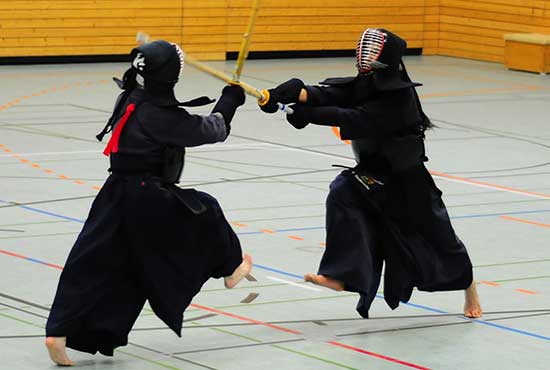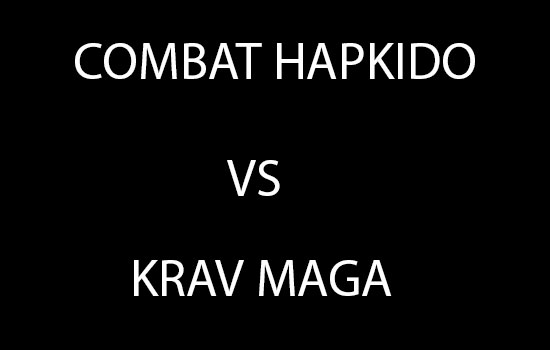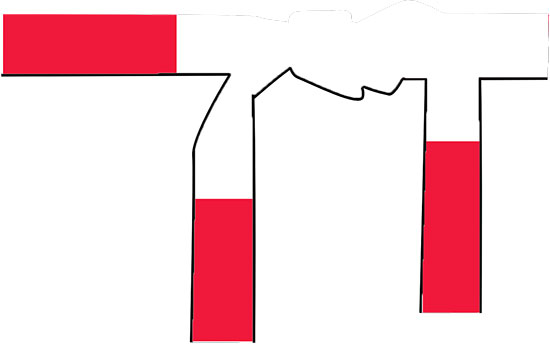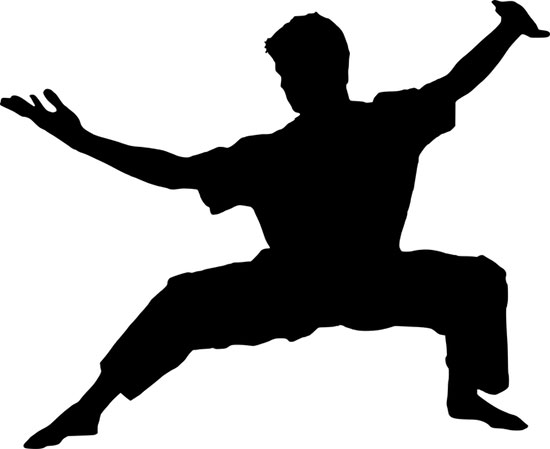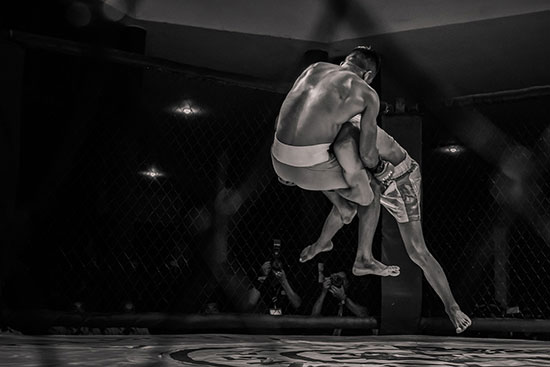When it comes to martial arts, Capoeira and Kung Fu are two distinct styles that have captured the fascination of enthusiasts around the world. Whether you are a martial arts enthusiast or simply curious about the differences between Capoeira and Kung Fu, this article will provide you with valuable insights.
Key Takeaways:
- Capoeira and Kung Fu are both captivating martial arts with their own unique styles and origins.
- Capoeira emphasizes acrobatics, attacks from the ground, feints, and spinning kicks, while Kung Fu focuses on a wide range of hand and foot techniques.
- Capoeira originated among the slaves in Brazil and has a rich cultural history, while Kung Fu has ancient roots in Chinese culture and incorporates elements of philosophy and military strategy.
- Capoeira training involves the roda and focuses on acrobatics and complex movements, while Kung Fu training encompasses various techniques including kicks, punches, and sparring.
- Both martial arts provide effective self-defense techniques, but their approach and focus differ.
Contents
History and Origins
Capoeira and Kung Fu both have fascinating histories and unique origins that contribute to their distinct styles. Capoeira, a martial art with Afro-Brazilian roots, emerged during the 18th century among the enslaved Africans in Brazil. Originally disguised as a cultural activity, capoeira served as a method of self-defense and resistance against oppression.
The practice evolved within the context of Brazilian history, facing various periods of prohibition and underground development.
Kung Fu, on the other hand, has ancient origins deeply rooted in Chinese culture. With a rich historical background, it encompasses elements of Chinese philosophy, medicine, and military strategy.
Kung Fu developed over centuries, influenced by different dynasties and regional styles, resulting in a wide array of techniques and approaches.
A Brief Timeline of Capoeira and Kung Fu
| Capoeira | Kung Fu |
|---|---|
| 18th century: Emerged among enslaved Africans in Brazil | 6th century: Beginnings of Chinese martial arts |
| 19th century: Capoeira becomes illegal in Brazil | 13th century: Development of Shaolin Kung Fu |
| 20th century: Capoeira gains recognition and evolves into a popular martial art and cultural practice | 20th century: Spread of Kung Fu to the West through movies |
These historical backgrounds contribute to the unique identities of capoeira and Kung Fu, shaping their philosophies, training methods, and cultural significance.
The Cultural Significance
Capoeira carries deep cultural significance for the Afro-Brazilian community. Rooted in history and resistance, it serves as a symbol of identity, freedom, and empowerment. Nowadays, it is practiced and celebrated worldwide, incorporating elements of music, dance, and community.
Kung Fu, with its origins in ancient China, is deeply embedded in Chinese culture. It is not only a martial art but also a philosophy, encompassing concepts such as discipline, harmony, and self-improvement. Kung Fu has had a profound impact on Chinese society, influencing various aspects of art, literature, and popular culture.
Understanding the history and origins of capoeira and Kung Fu helps to appreciate the cultural richness and significance of these martial arts.
Training Styles
In this section, we will explore the training styles of Capoeira and Kung Fu, two fascinating martial arts with distinct approaches. Both disciplines require dedicated training and discipline, but they differ in their emphasis and techniques.
Capoeira Training
Capoeira training is characterized by its unique and dynamic style. Practitioners gather in a roda, a circle where participants sing and play music while engaging in a dialogue-like interaction. This interactive element sets Capoeira apart from other martial arts.
Capoeira training focuses on acrobatics, dancing, and the mastery of complex movements. It emphasizes fluidity, agility, and precision. The combination of martial arts techniques with rhythmic music and singing creates a vibrant and energetic training environment.
Kung Fu Training
Kung Fu training encompasses a wide range of techniques, including kicks, punches, knee strikes, and elbow strikes. It often involves forms, shadow boxing, and sparring. The training methods vary depending on the specific style of Kung Fu being practiced.
While Capoeira emphasizes the dialogue-like interaction in the roda, Kung Fu places more emphasis on repetitive practice and the mastery of techniques. Kung Fu training also incorporates elements of meditation, philosophy, and discipline to develop both physical and mental strength.
Comparison of Training Styles
• Capoeira training involves the interactive roda, while Kung Fu training focuses more on forms and sparring.
• Capoeira emphasizes fluidity, acrobatics, and dance-like movements, while Kung Fu focuses on a wide range of striking techniques.
• Capoeira training incorporates music and singing, creating a unique and vibrant training environment, while Kung Fu training emphasizes discipline and meditation.
| Training Styles | Capoeira | Kung Fu |
|---|---|---|
| Emphasis | Acrobatics, dancing, complex movements | Wide range of striking techniques |
| Training Environment | Interactive roda with music and singing | Forms, shadow boxing, and sparring |
| Philosophy | Cultural expression, fluidity | Meditation, discipline |
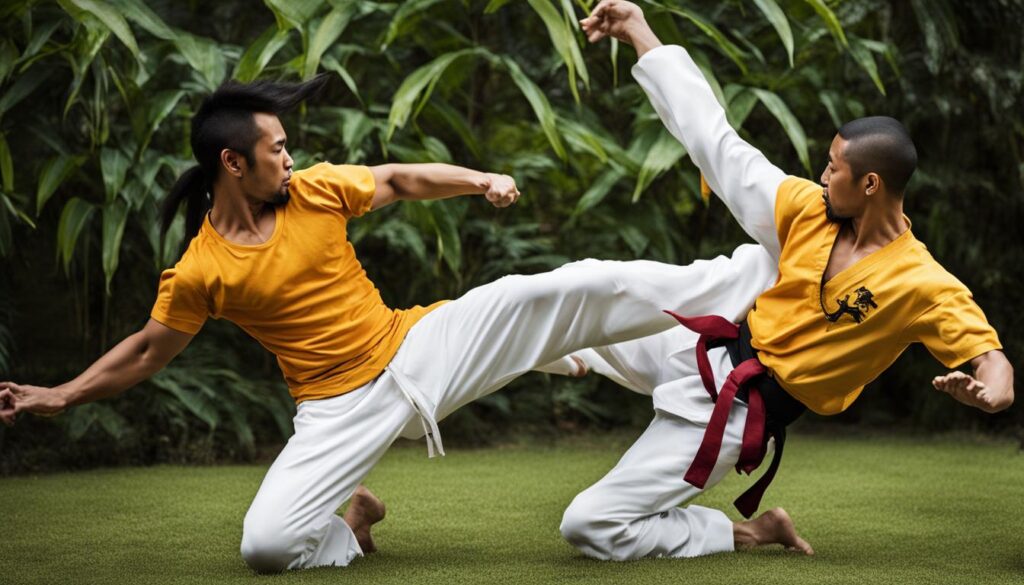
Self-Defense Techniques
In the comparison between Capoeira and Kung Fu, it is important to analyze their self-defense techniques. Capoeira employs a unique approach that focuses on leveraging and proper technique to control and subdue an opponent. It utilizes movements that allow a smaller, weaker person to defend against a bigger, stronger assailant. The emphasis on fluidity and agility in Capoeira enables practitioners to effectively evade and counter attacks.
Kung Fu, on the other hand, incorporates a wide range of striking techniques such as punches, kicks, and blocks. It emphasizes power, precision, and speed in its self-defense approaches. Practitioners of Kung Fu learn to generate powerful strikes, effectively defend against various attacks, and quickly react to different situations.
Both Capoeira and Kung Fu offer effective self-defense techniques, but their approaches and focuses differ. Capoeira’s emphasis on leverage and technique allows practitioners to effectively overcome physical disadvantages, while Kung Fu’s diverse range of striking techniques provides practitioners with the tools to counter and neutralize threats.

Self-Defense Techniques – Capoeira vs Kung Fu
| Capoeira | Kung Fu |
|---|---|
| Focuses on leveraging and proper technique | Emphasizes a wide range of striking techniques |
| Utilizes fluid movements and agility | Emphasizes power, precision, and speed |
| Allows smaller, weaker practitioners to defend against bigger, stronger opponents | Equips practitioners with tools to counter and neutralize threats |
Table: A comparison of self-defense techniques in Capoeira and Kung Fu.
Physical and Mental Benefits
Practicing Capoeira and Kung Fu offers a multitude of physical and mental benefits. Both martial arts contribute to overall fitness and well-being, enhancing various aspects of the body and mind.
Physical Benefits
Capoeira is known for its dynamic movements, which require flexibility, strength, and endurance. By engaging in this martial art, practitioners can improve their range of motion, increase muscle tone, and build cardiovascular fitness. The acrobatics and constant movement involved in Capoeira also enhance coordination, balance, and agility. These physical benefits contribute to overall health and vitality.
Kung Fu training also offers significant physical benefits. Through rigorous practice and repetition, students develop strength, speed, and flexibility. The diverse range of techniques in Kung Fu, including strikes, kicks, and blocks, challenges the body to become more powerful and adaptable. Additionally, Kung Fu training improves posture and body alignment, promoting proper biomechanics and reducing the risk of injuries.
Mental Benefits
Capoeira and Kung Fu are not just physical disciplines; they also nurture the mind and spirit. Capoeira, with its cultural roots and rhythmic music, fosters a sense of community and self-expression. Practitioners often experience increased self-confidence, discipline, and resilience as they master new movements and navigate the dialogue-like interactions in the roda.
Kung Fu, on the other hand, has a strong emphasis on mental focus and mindfulness. Through meditation and concentration exercises, students develop a deep awareness of their bodies and surroundings. This mental training cultivates inner strength, harmony, and a calm state of mind. Kung Fu practitioners often report an improved ability to handle stress and a heightened sense of clarity and self-awareness.
Overall, both Capoeira and Kung Fu provide holistic benefits for the body and mind. They promote physical fitness, enhance self-confidence, and develop mental focus and resilience. The choice between these martial arts ultimately depends on personal preferences and goals, as each offers unique approaches to physical and mental development.
Conclusion
Capoeira and Kung Fu are both captivating martial arts with distinct styles, histories, and techniques. When deciding which one is better, it ultimately comes down to personal preference, goals, and individual needs.
Capoeira excels in acrobatics and ground combat, showcasing its Afro-Brazilian roots and cultural heritage. Its emphasis on music, dance, and fluid movements makes it a unique and immersive martial art.
On the other hand, Kung Fu offers a wide array of striking techniques, incorporating Chinese philosophy, medicine, and military strategy. Its emphasis on forms, shadow boxing, and sparring provides practitioners with diverse training methods.
Both martial arts offer physical fitness, self-defense skills, and mental benefits. Capoeira promotes flexibility, strength, coordination, and resilience, while Kung Fu enhances strength, speed, flexibility, focus, and inner harmony. The choice between Capoeira and Kung Fu should be guided by personal interests and the desired training focus.
